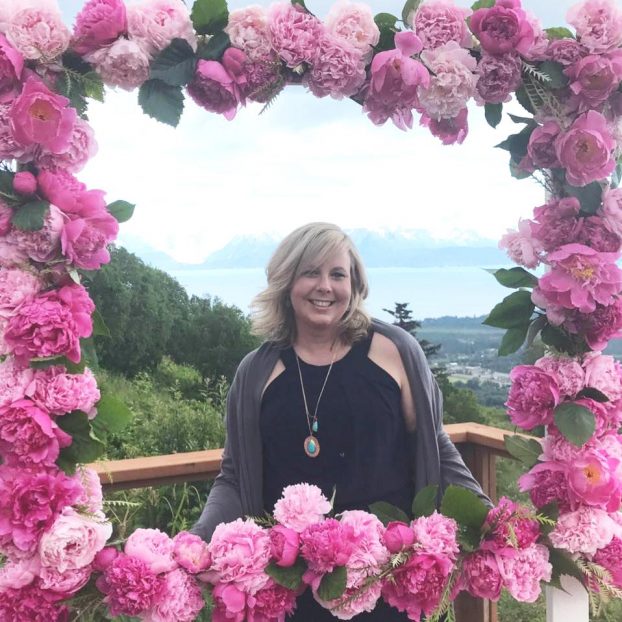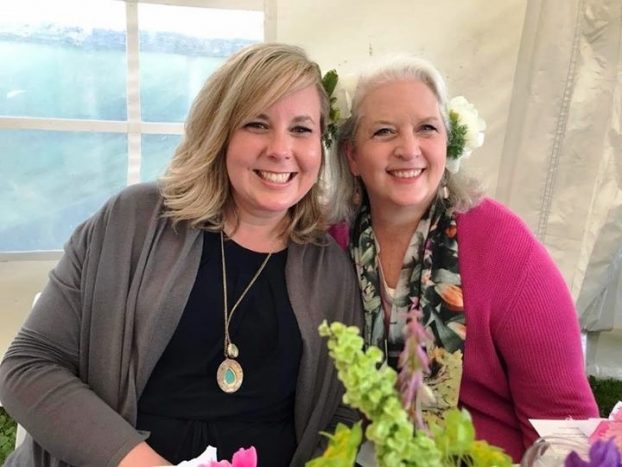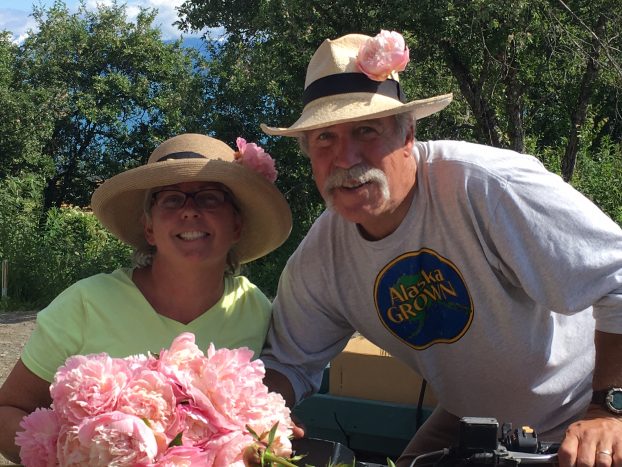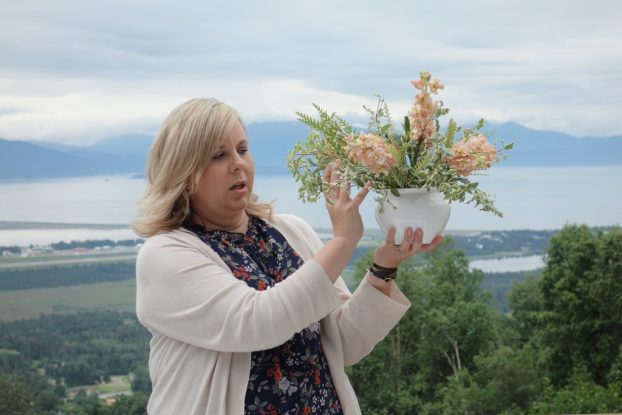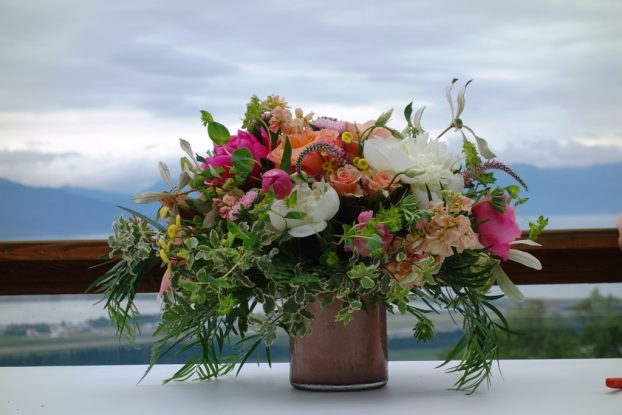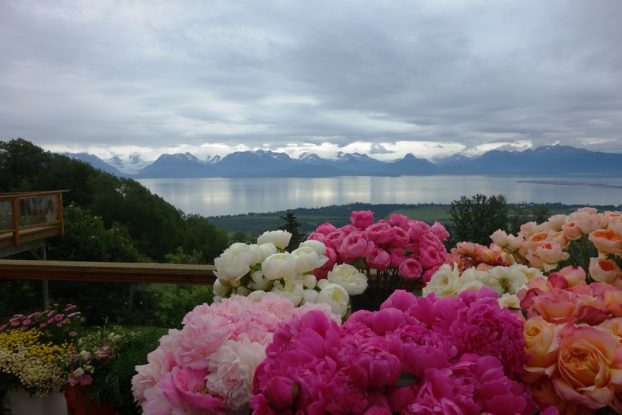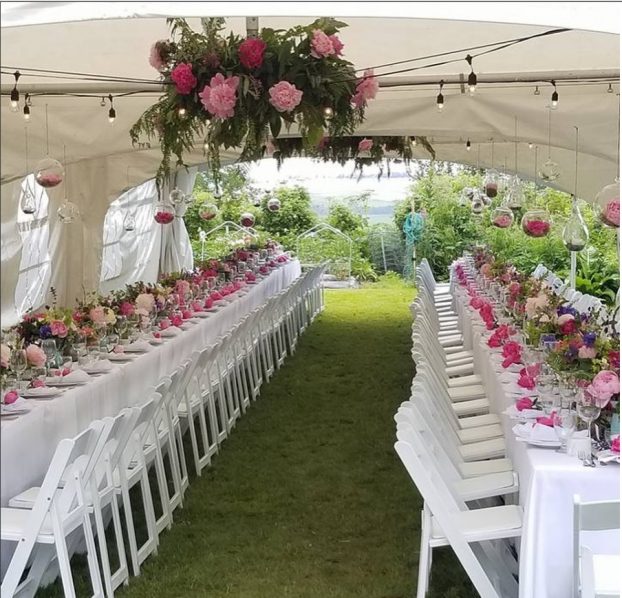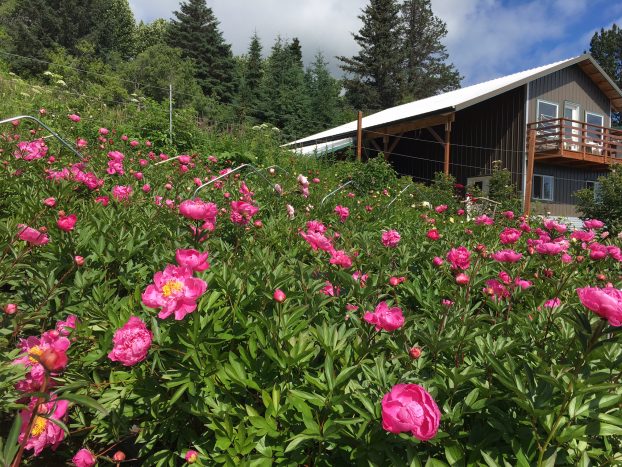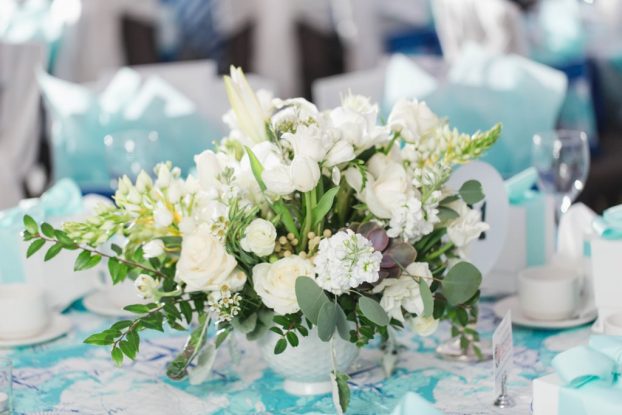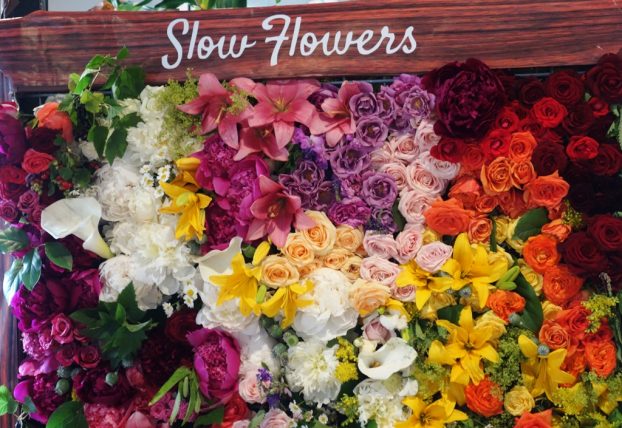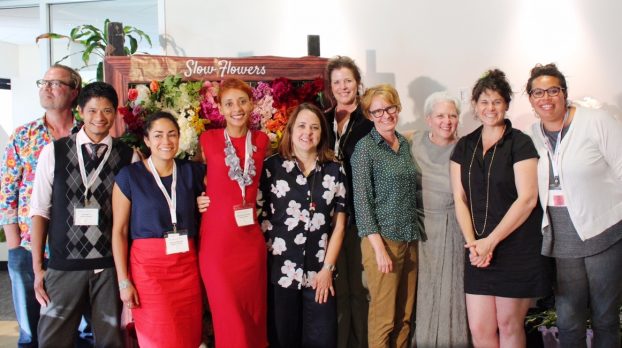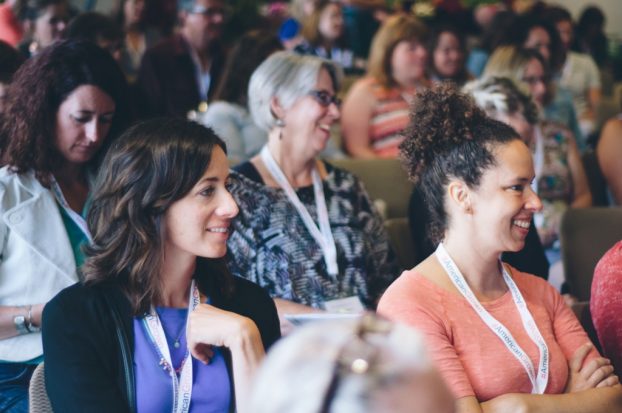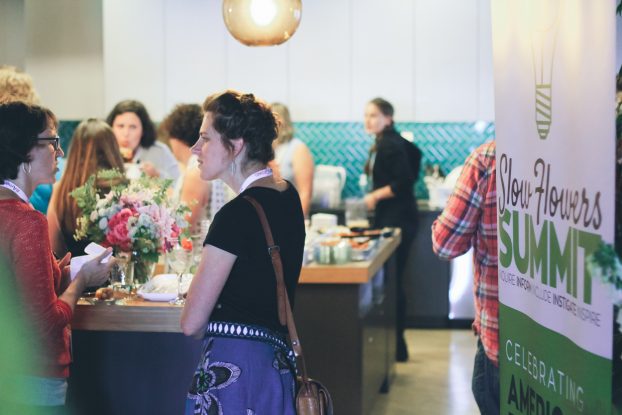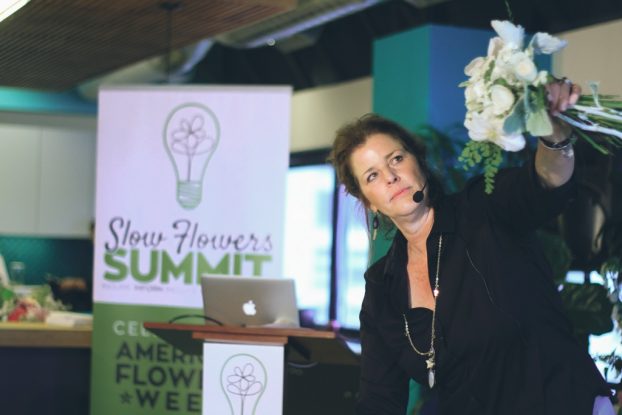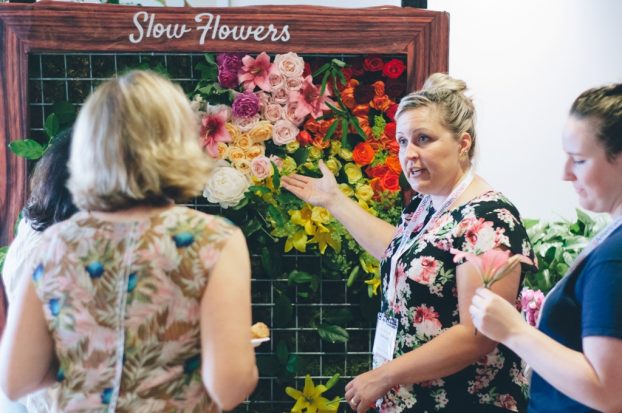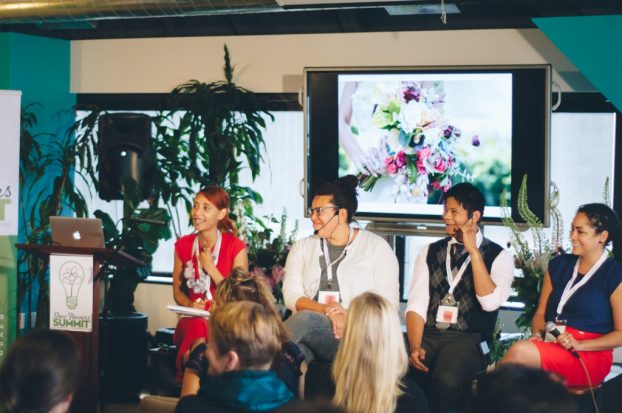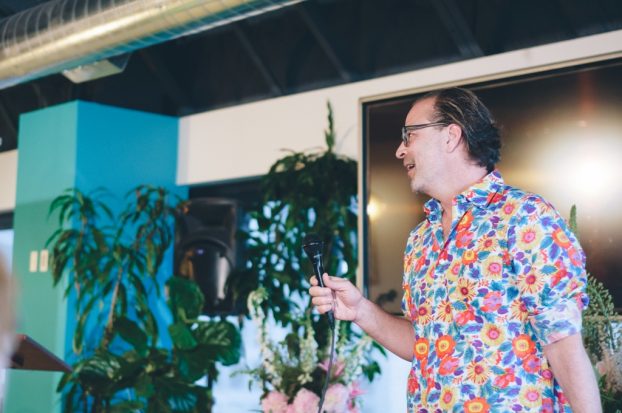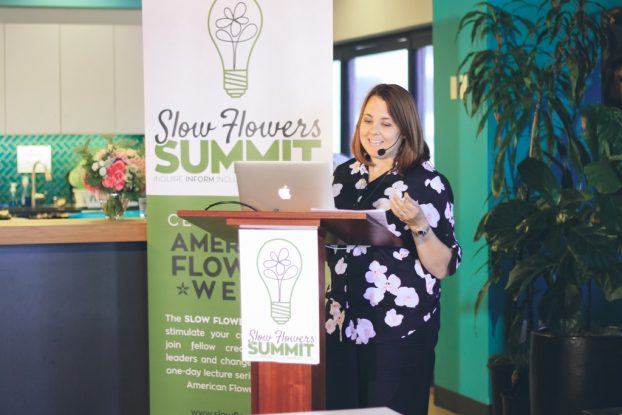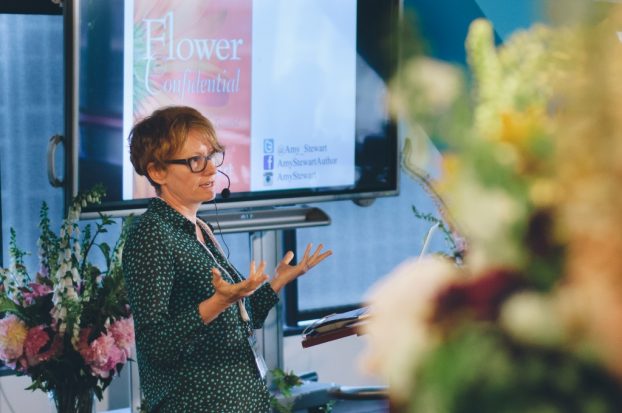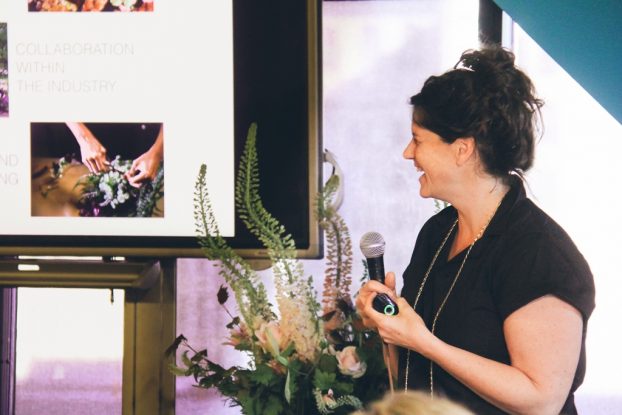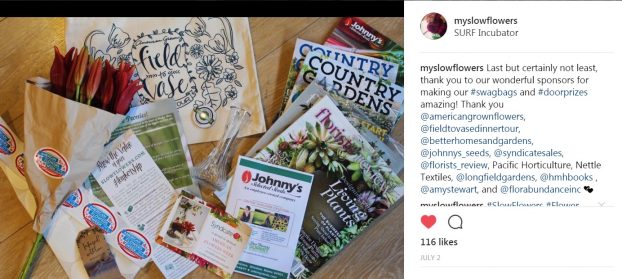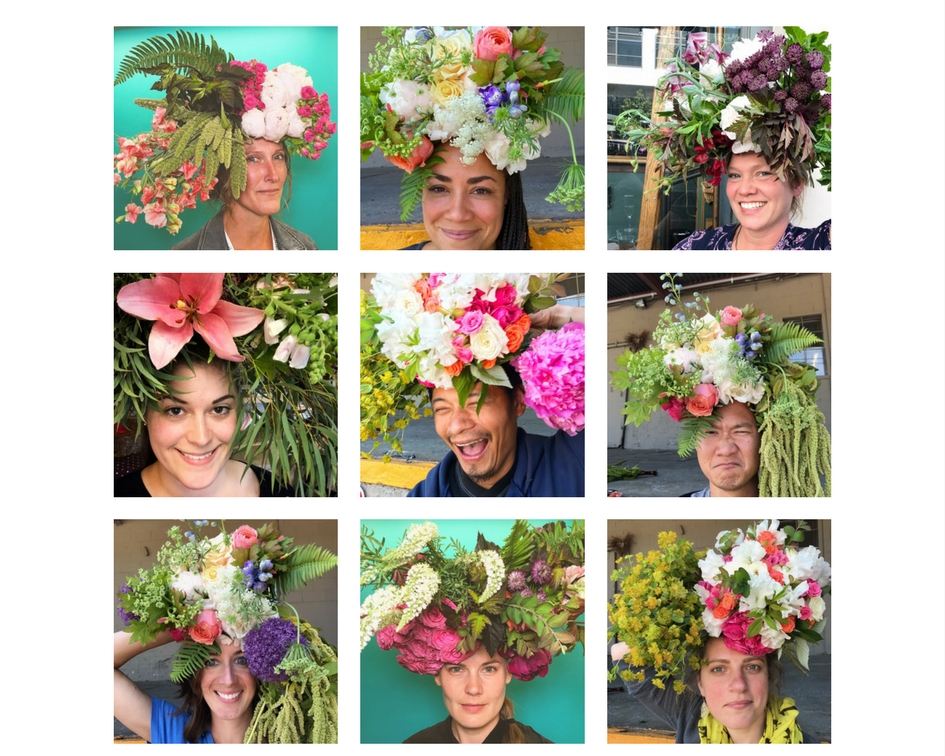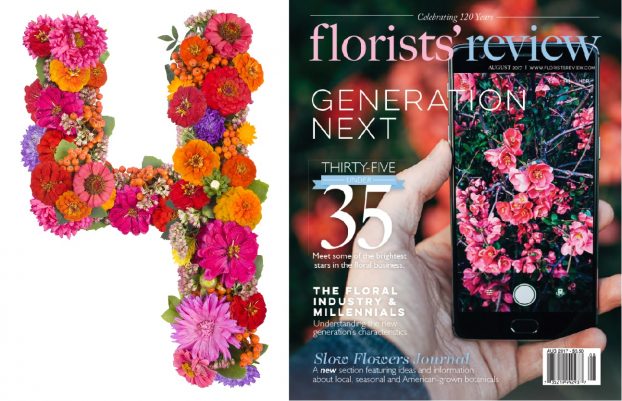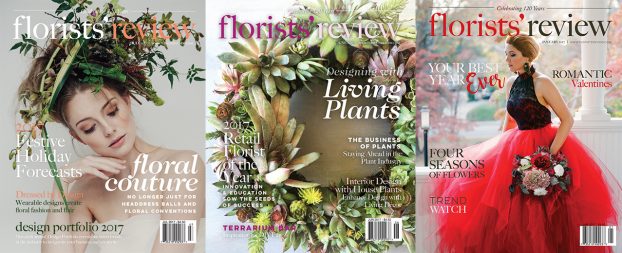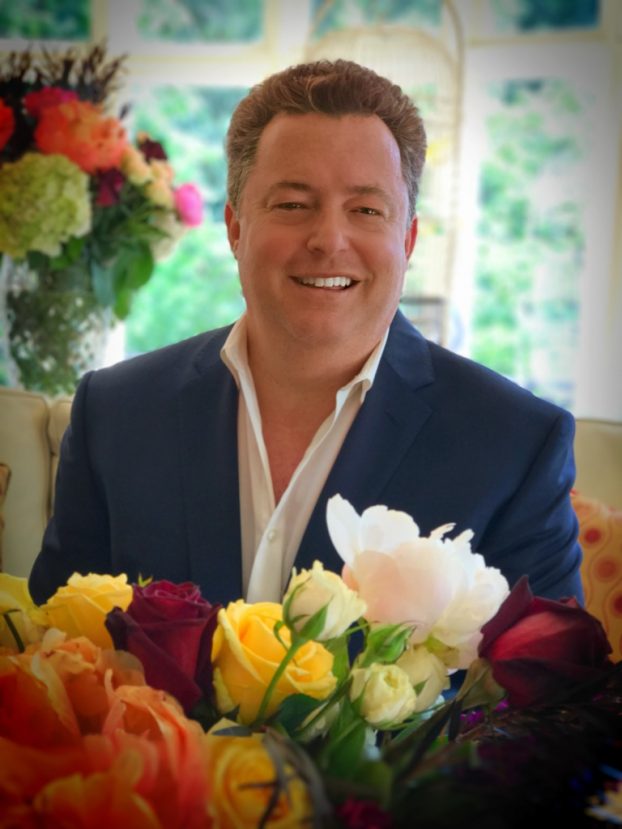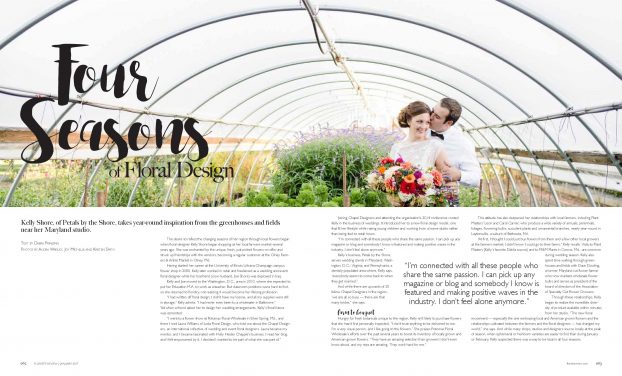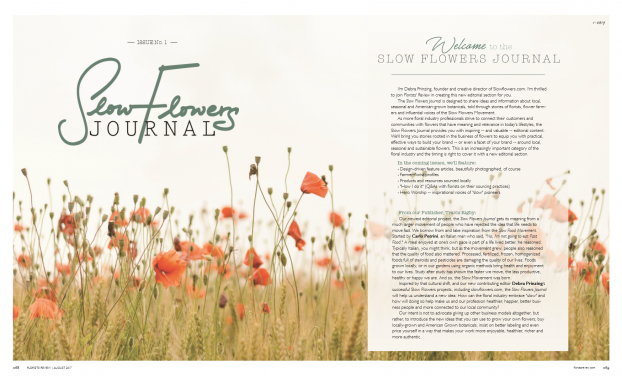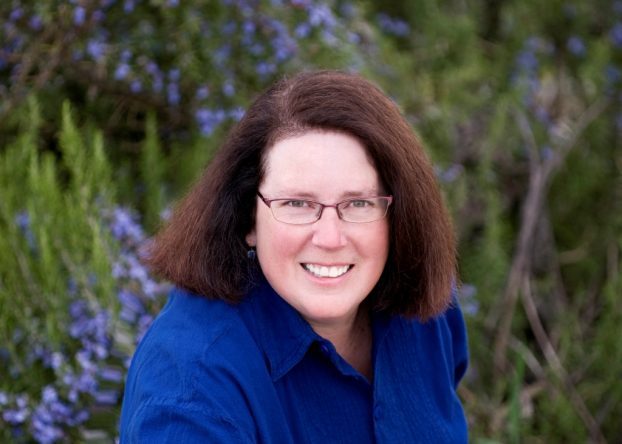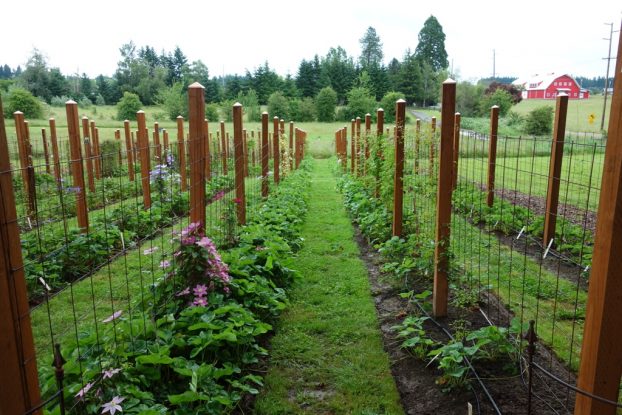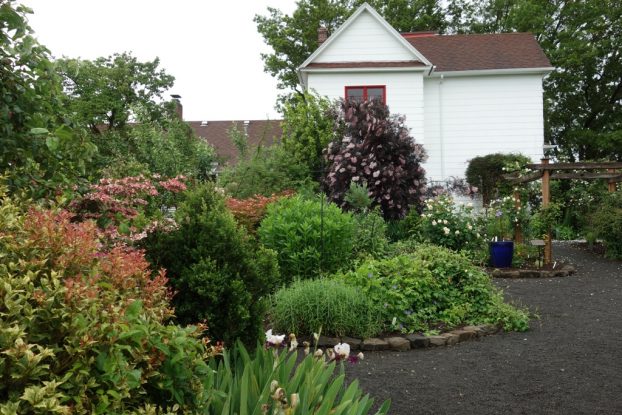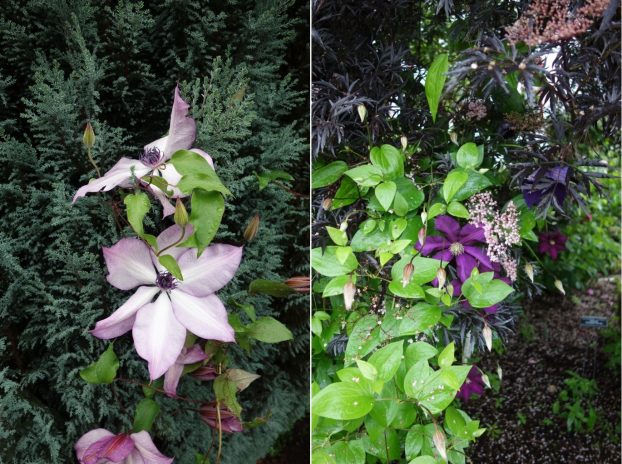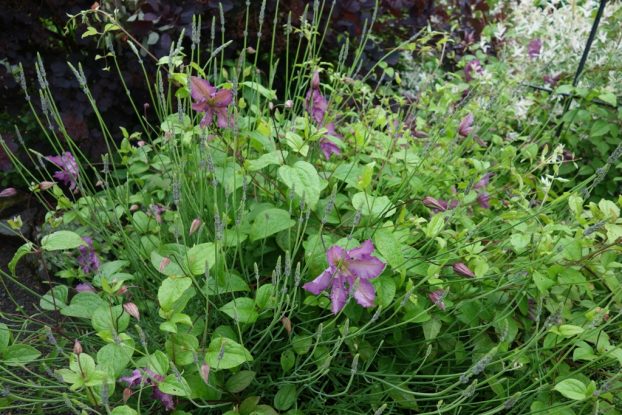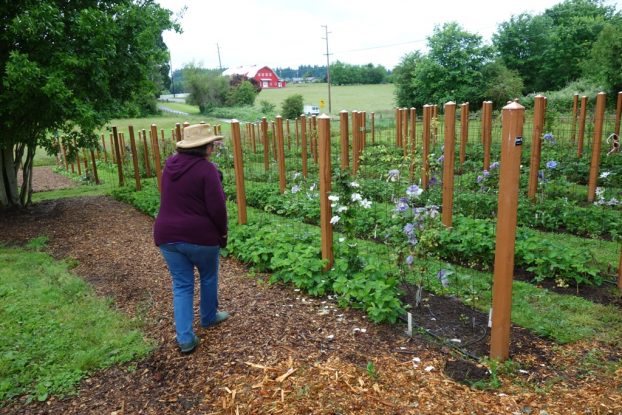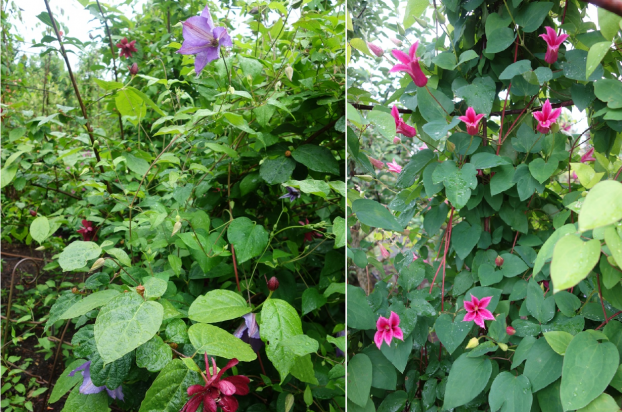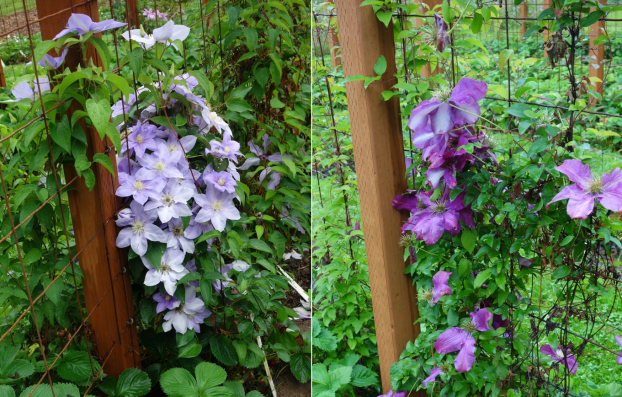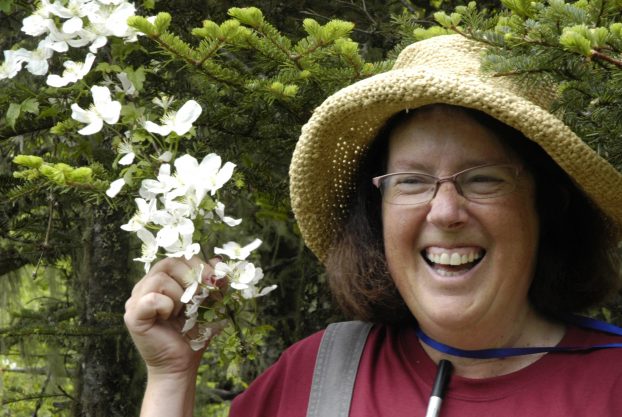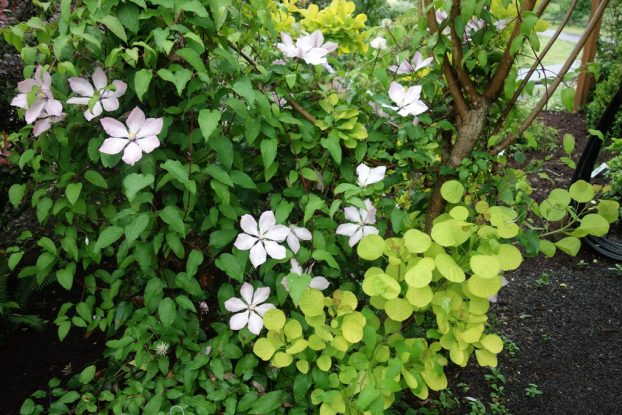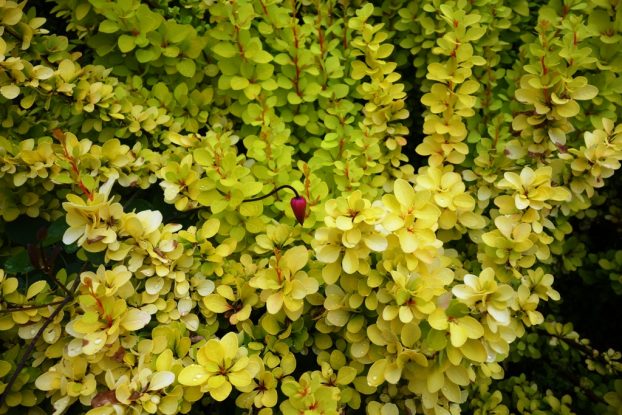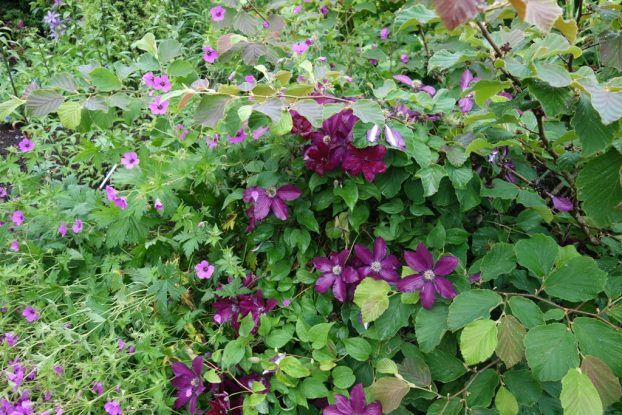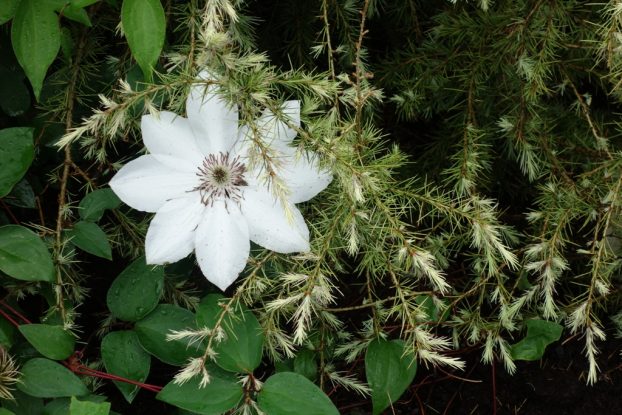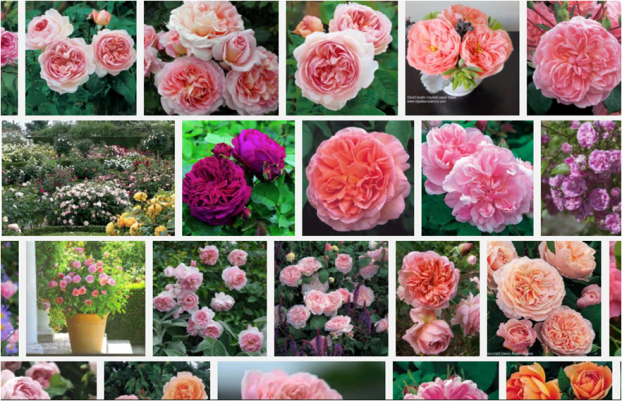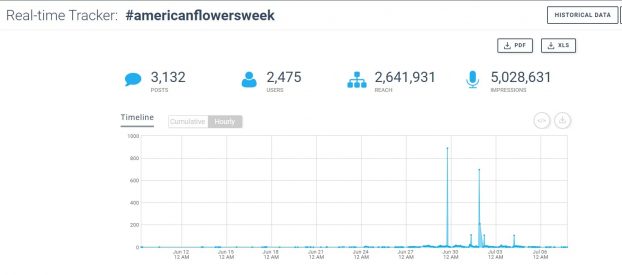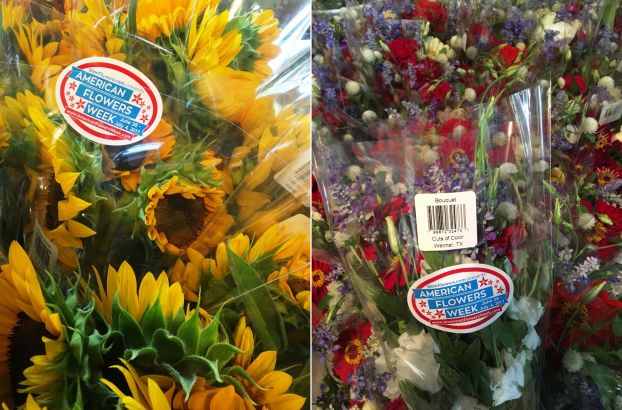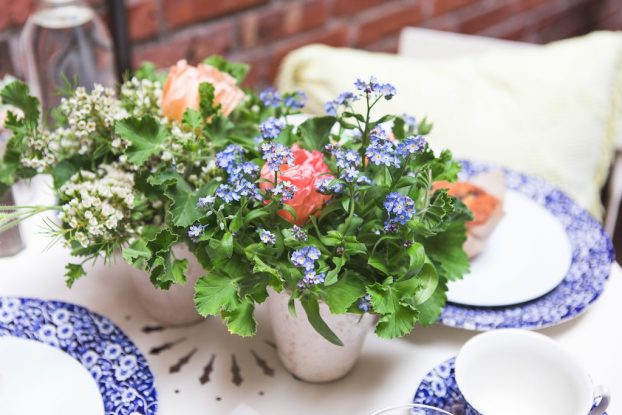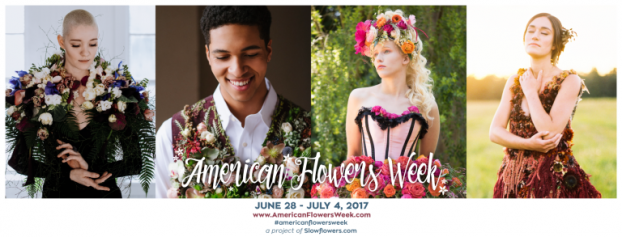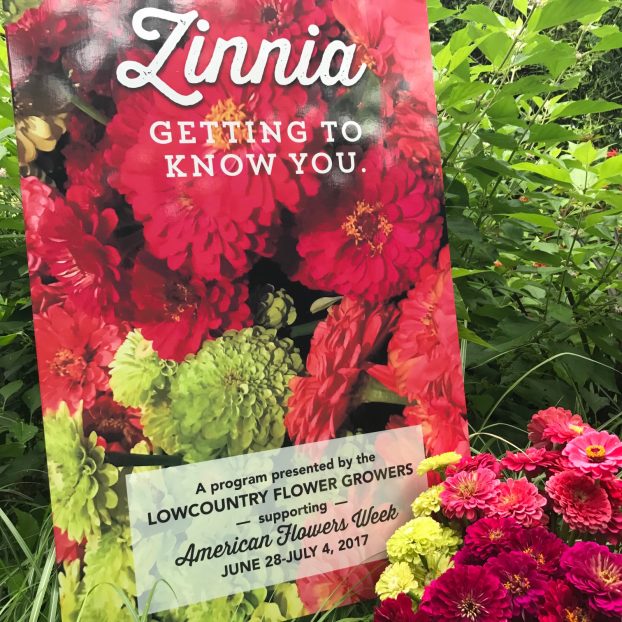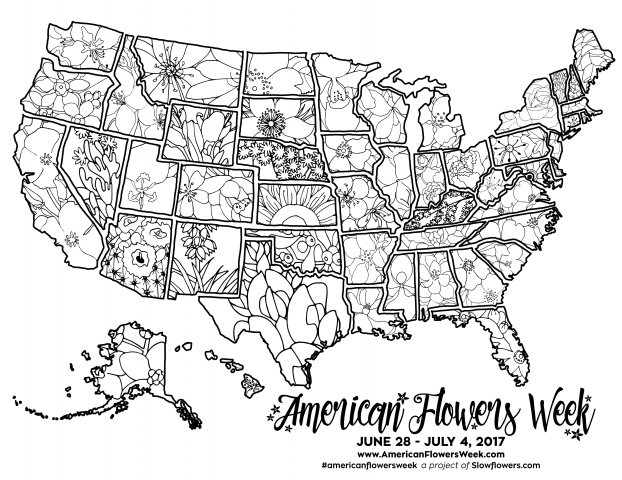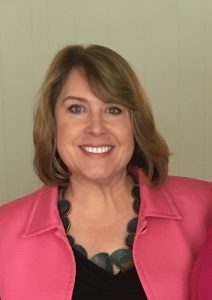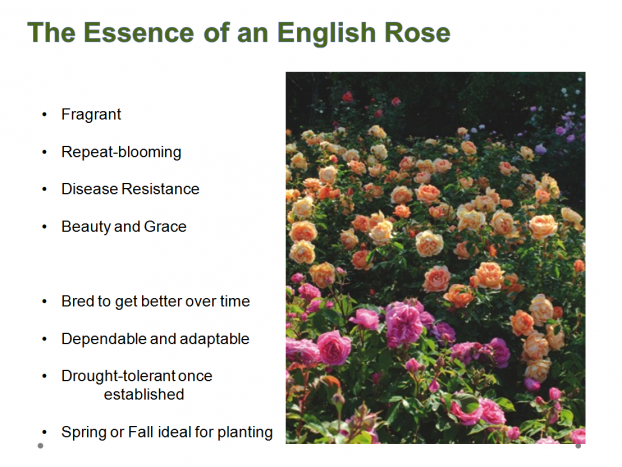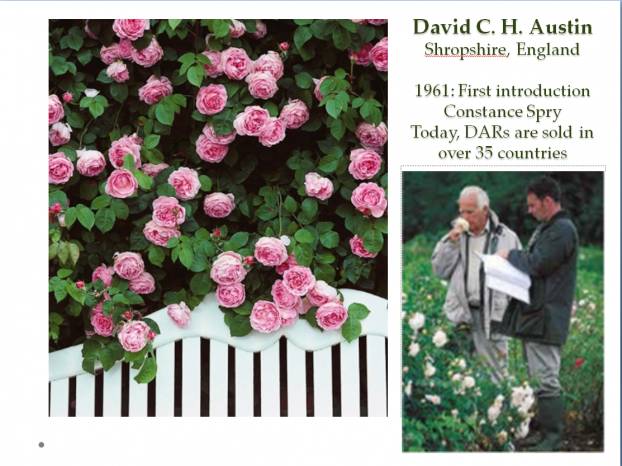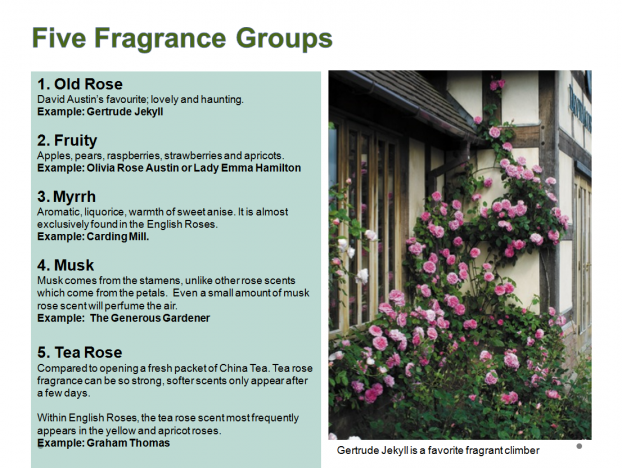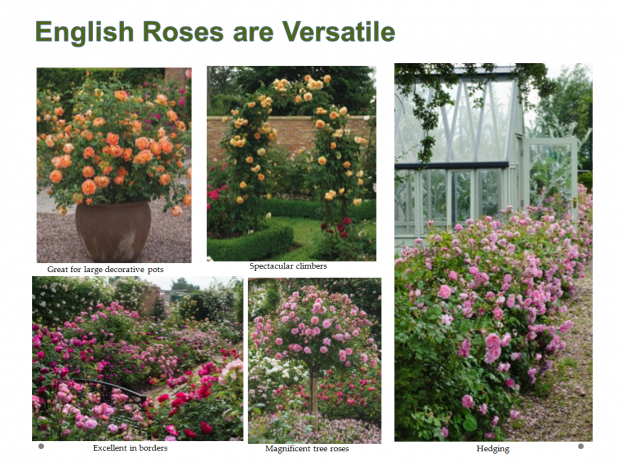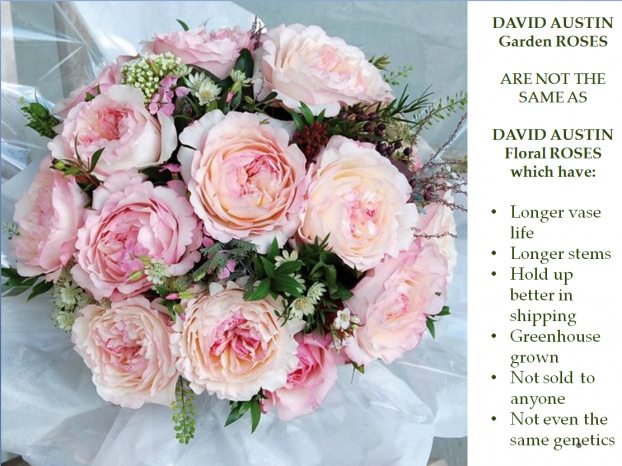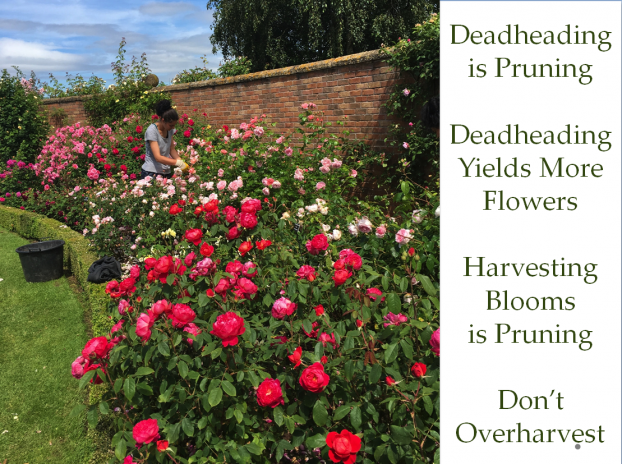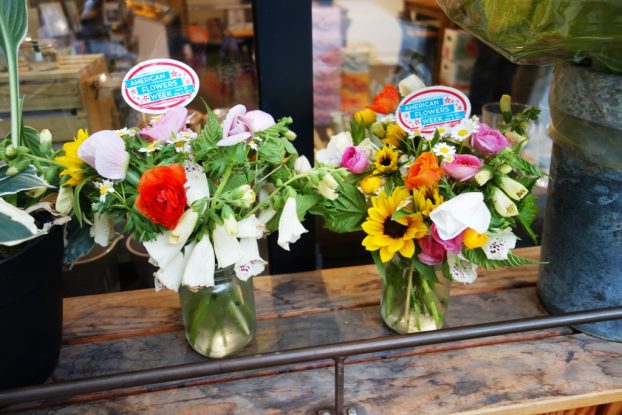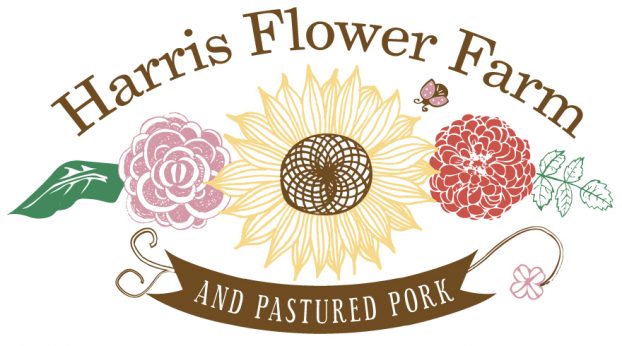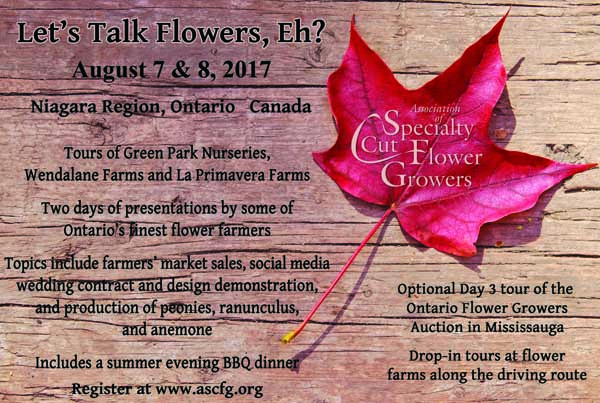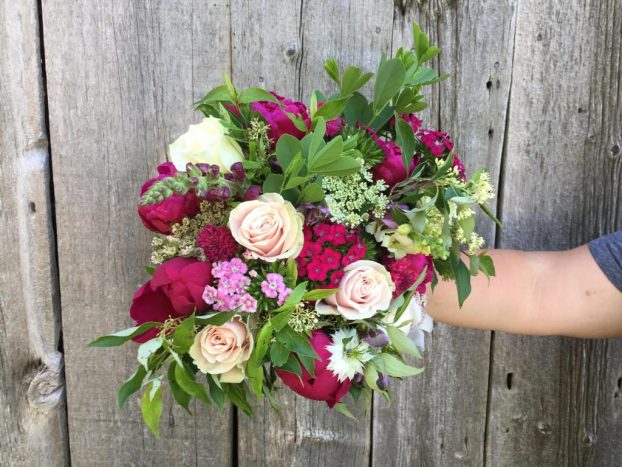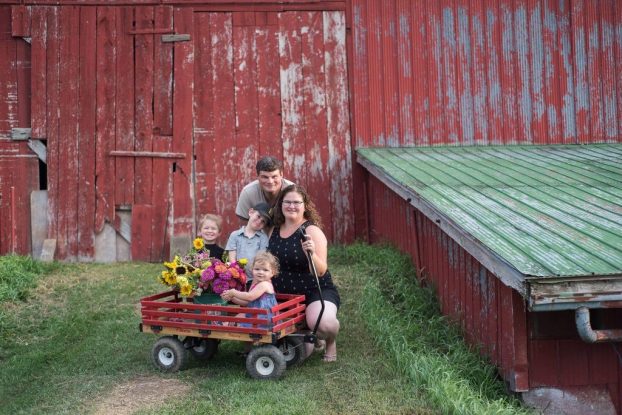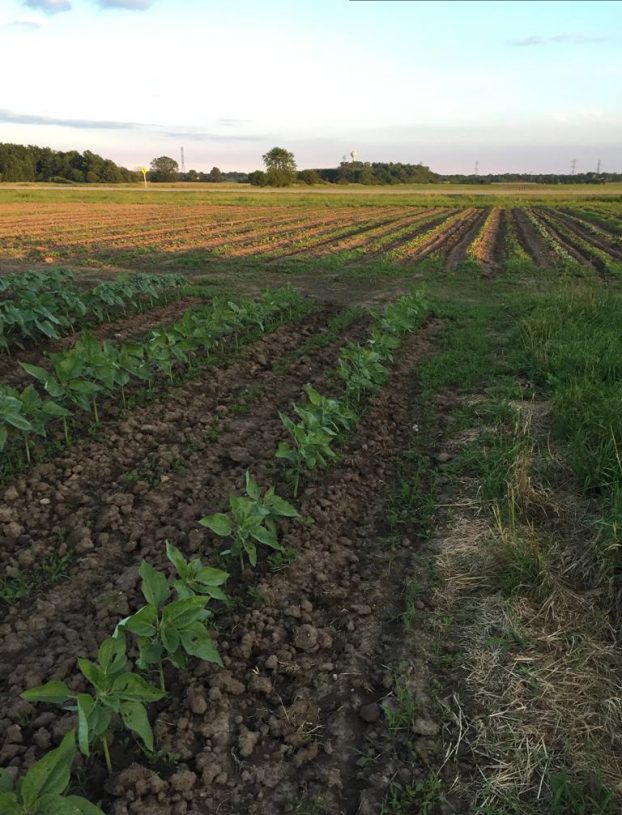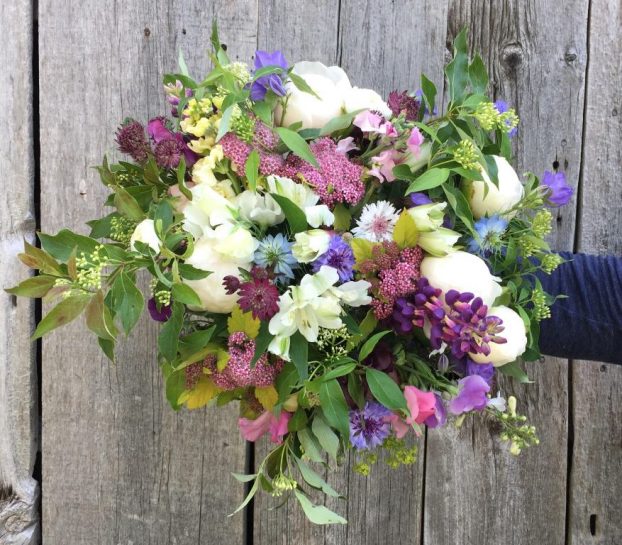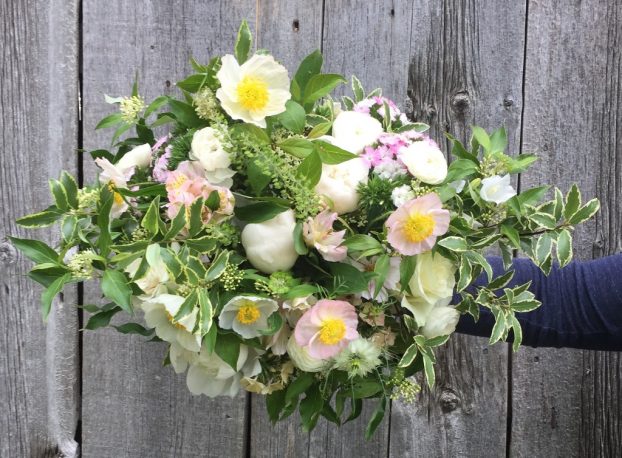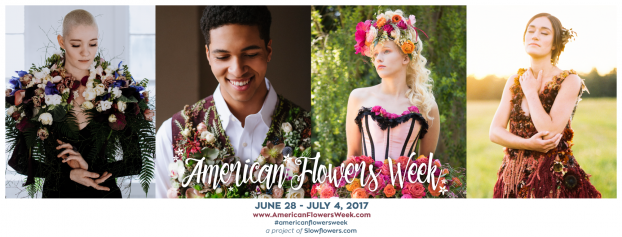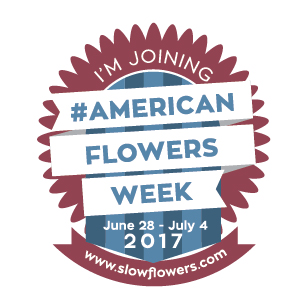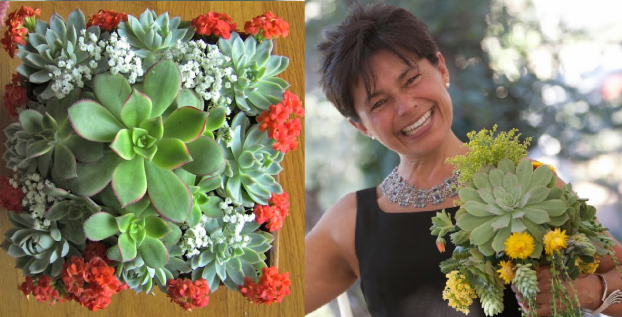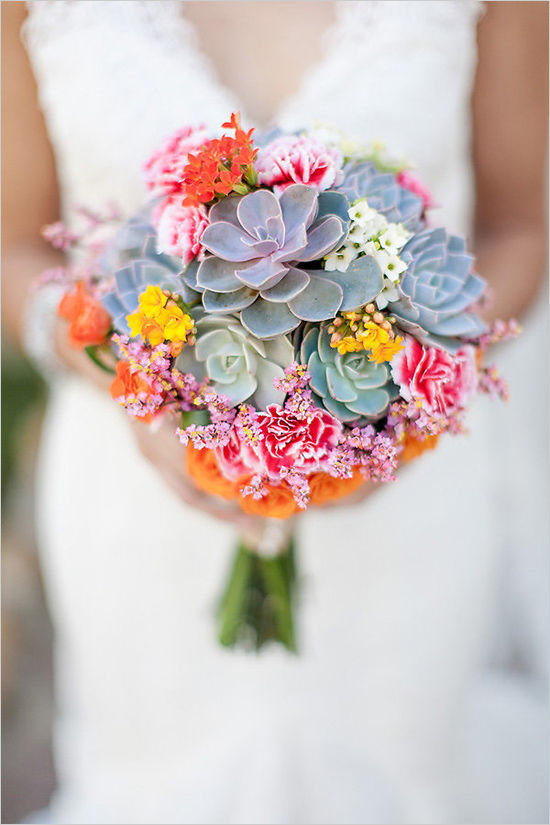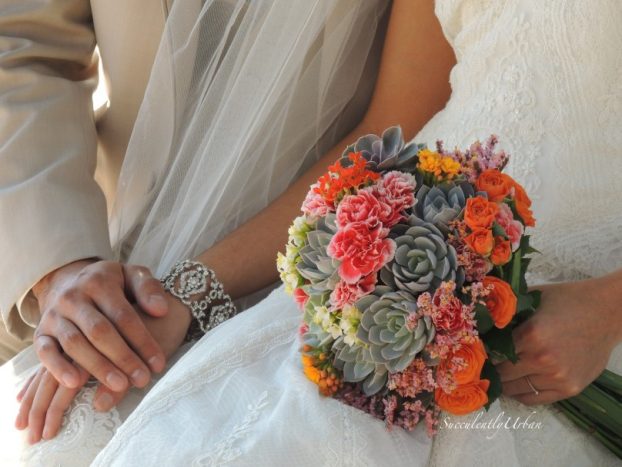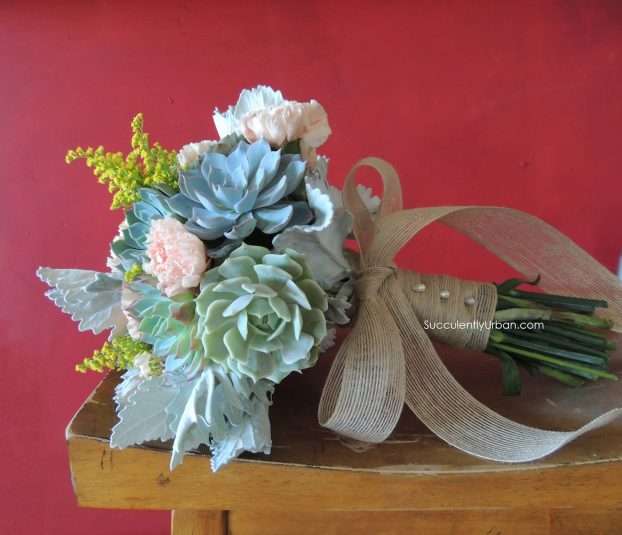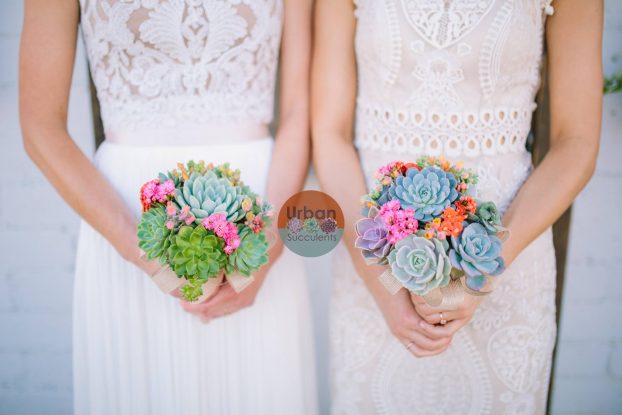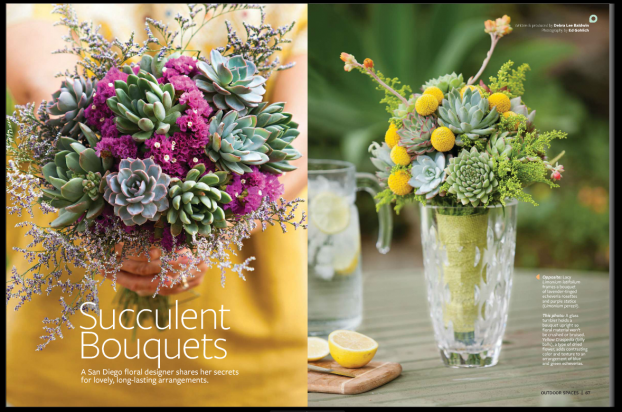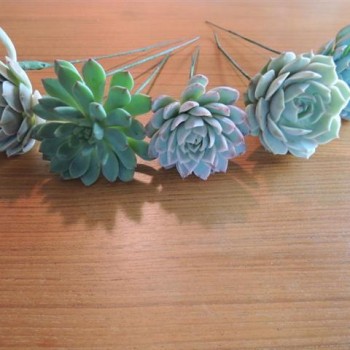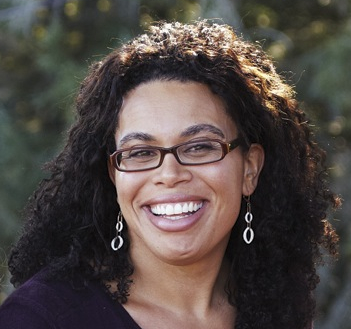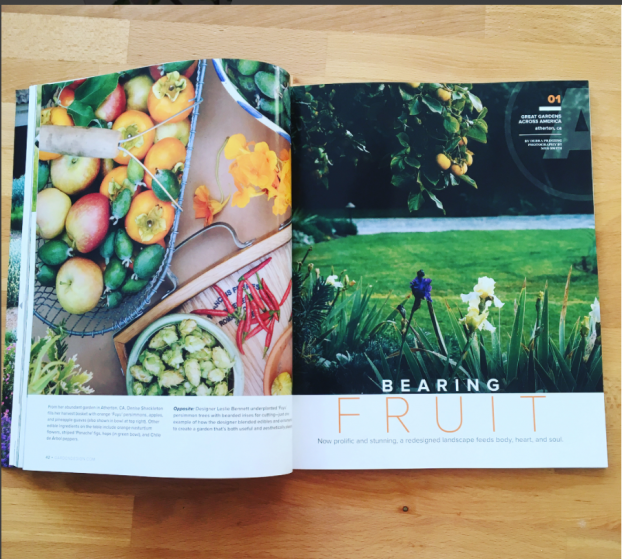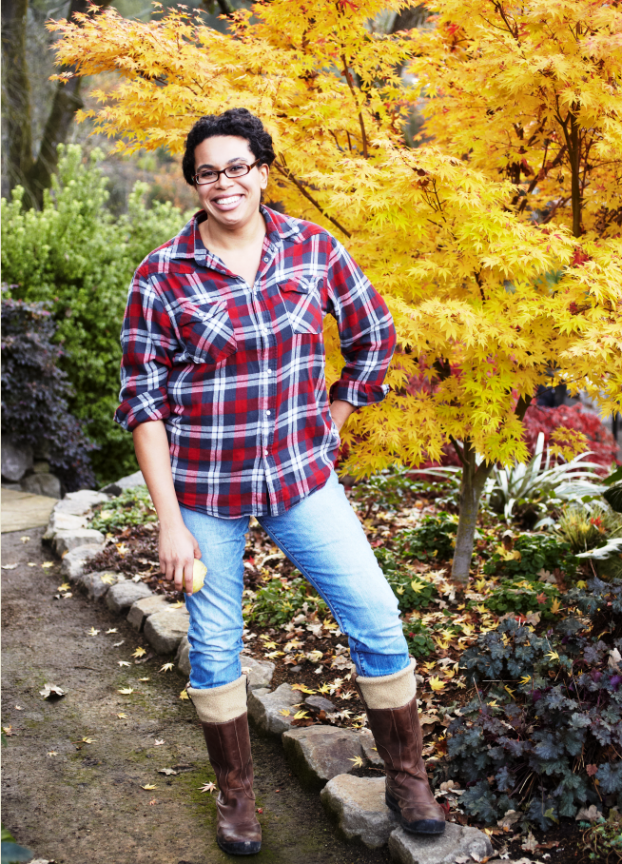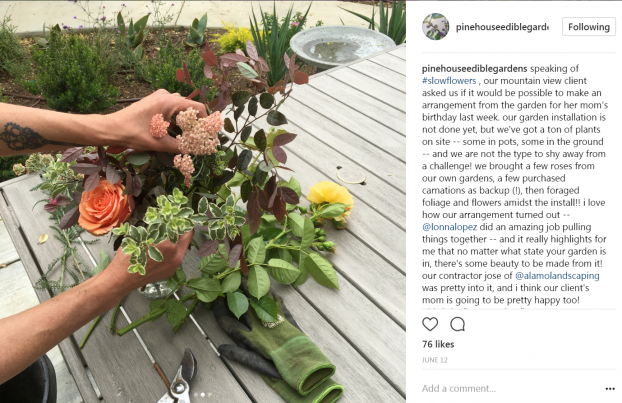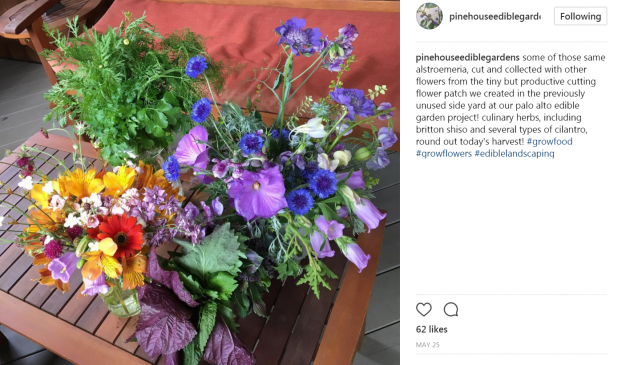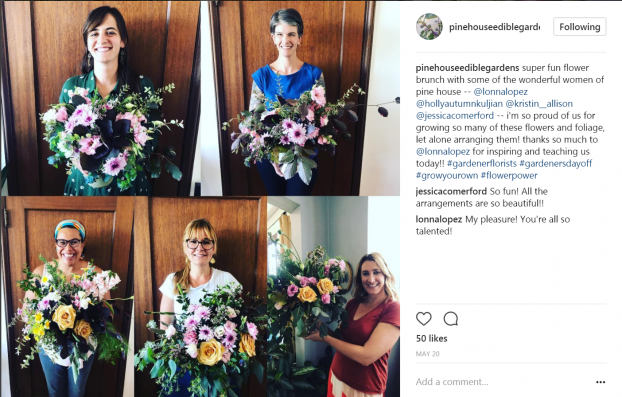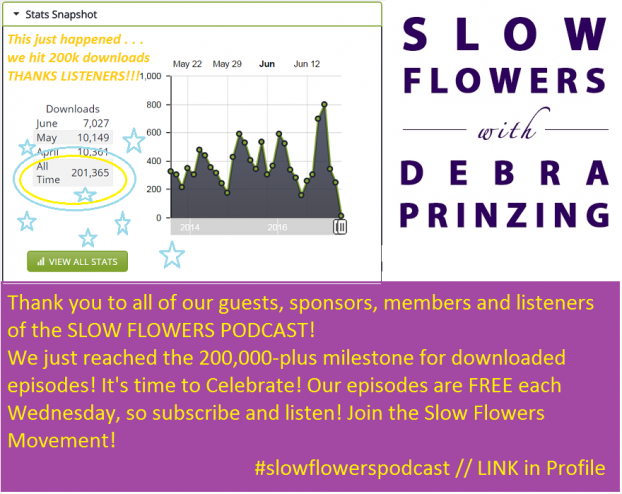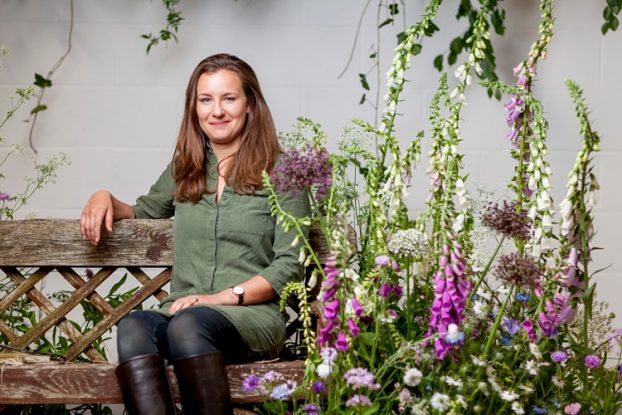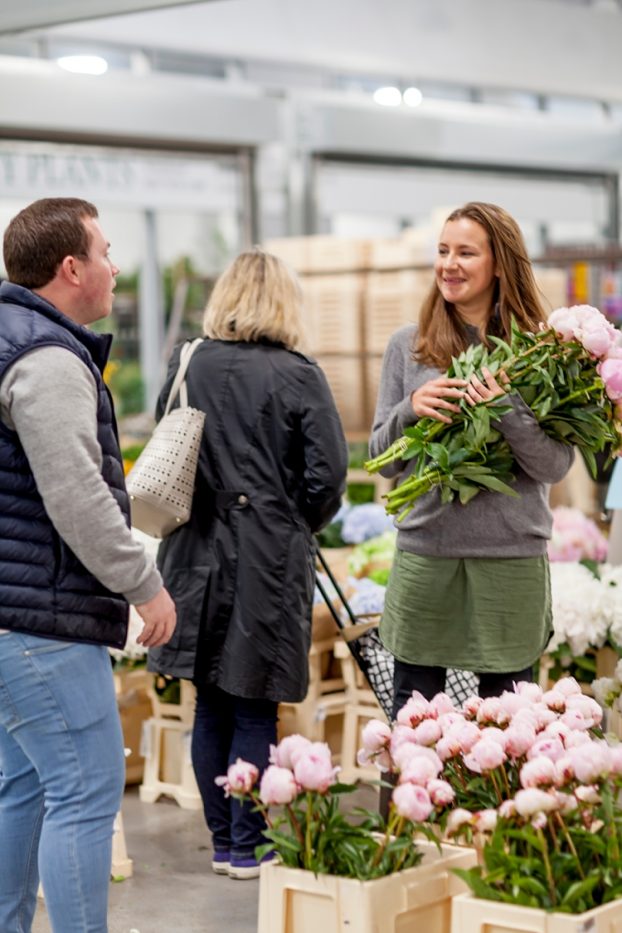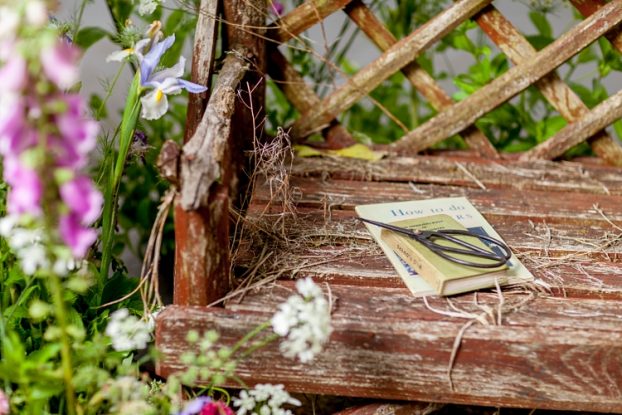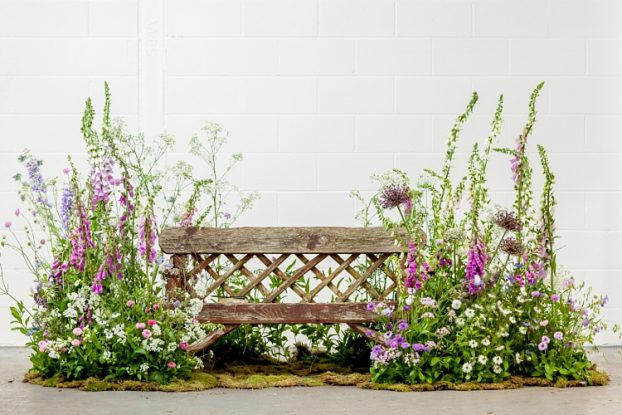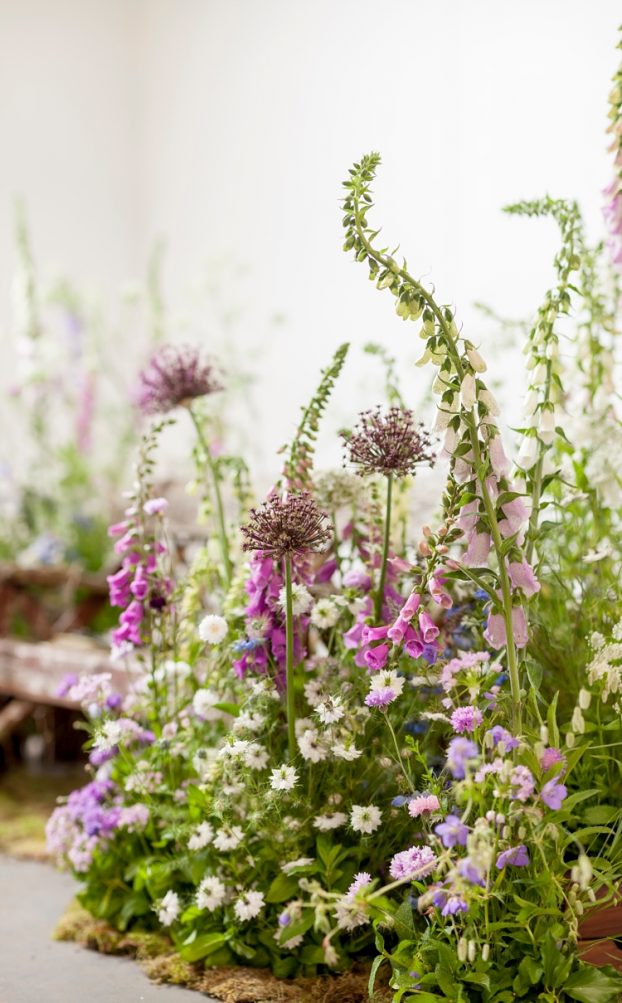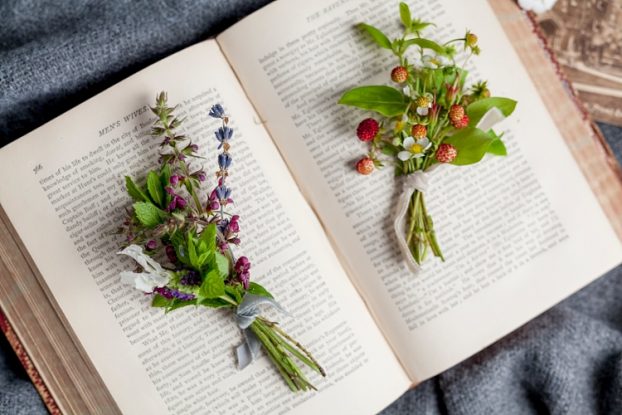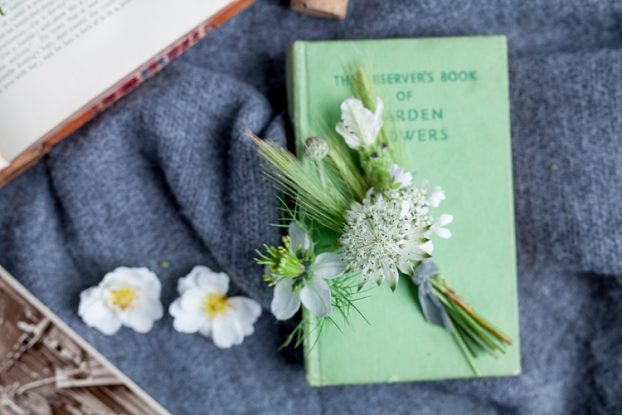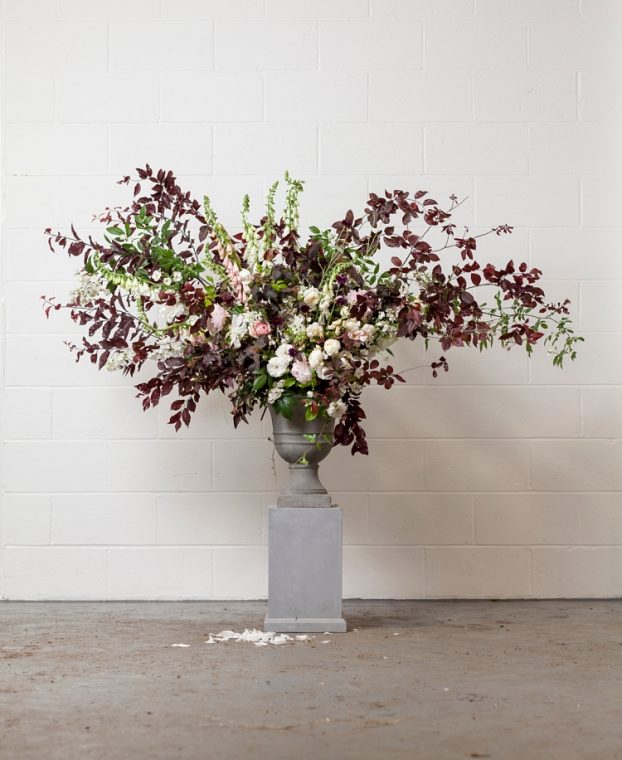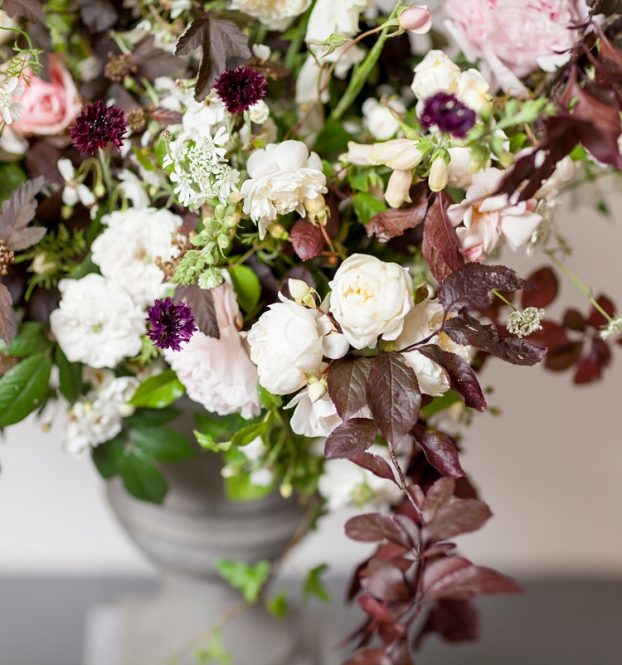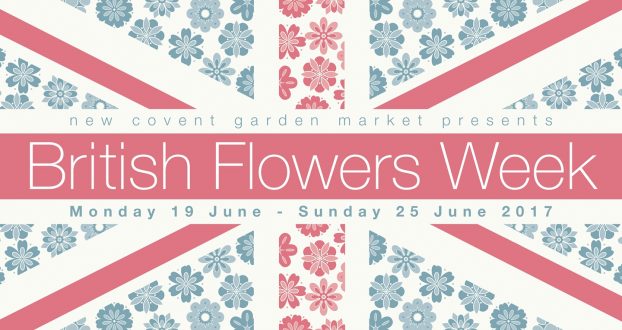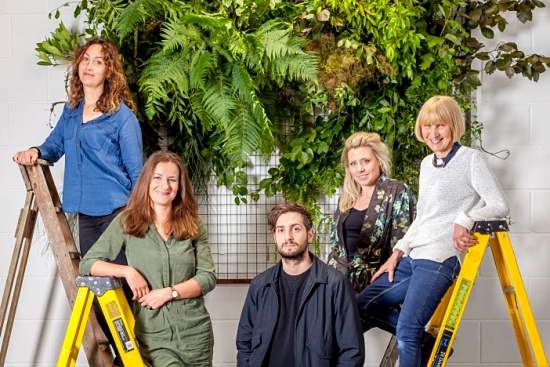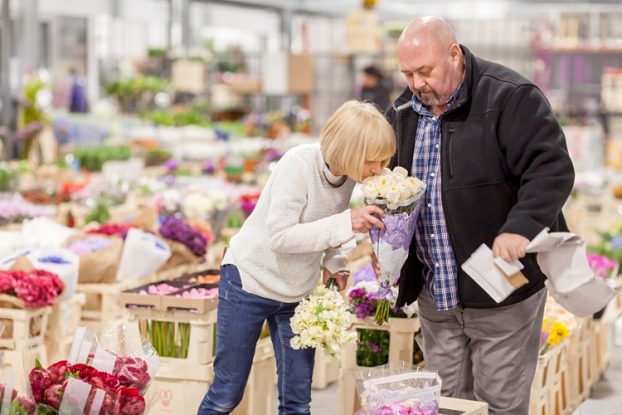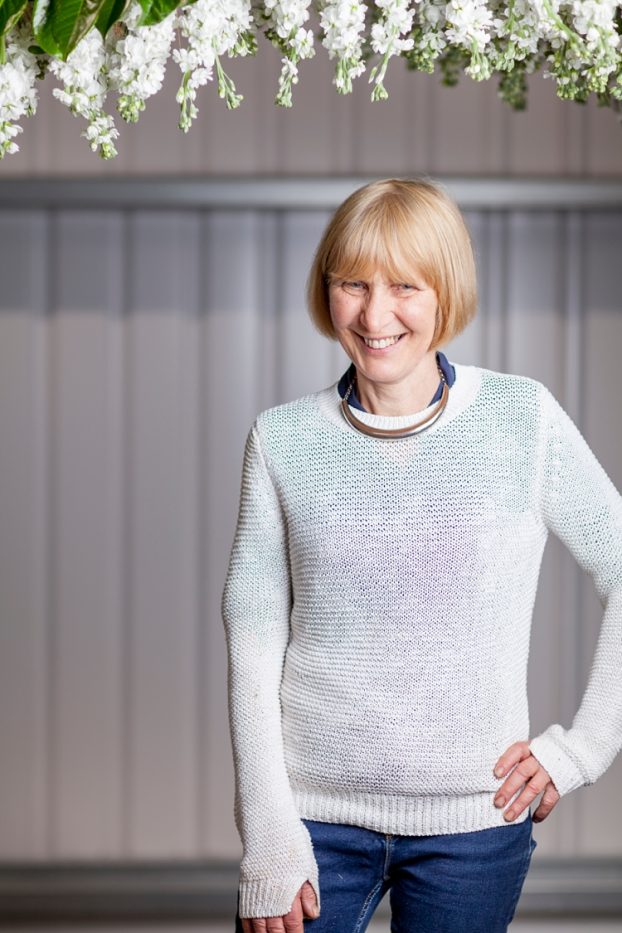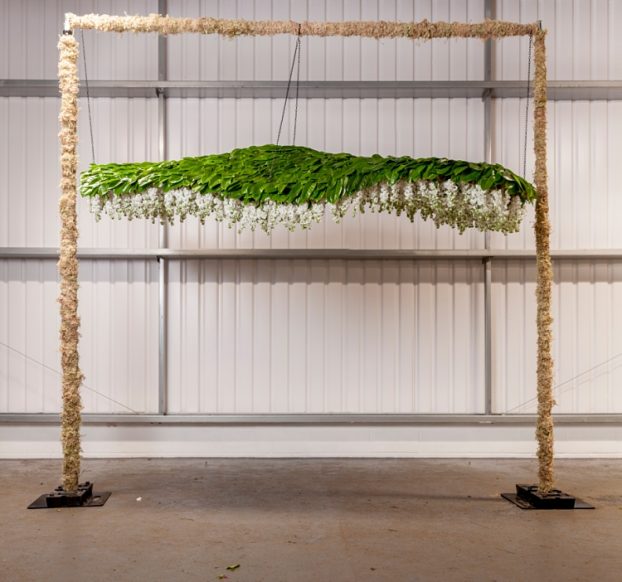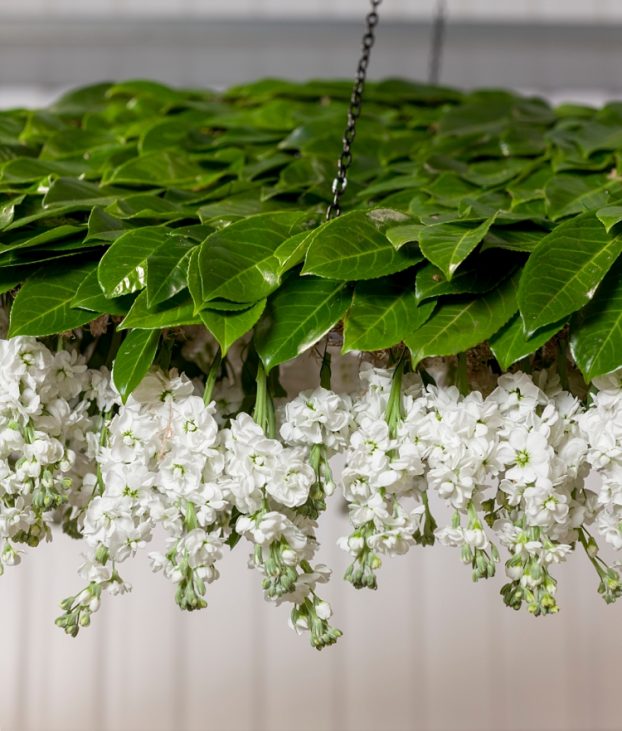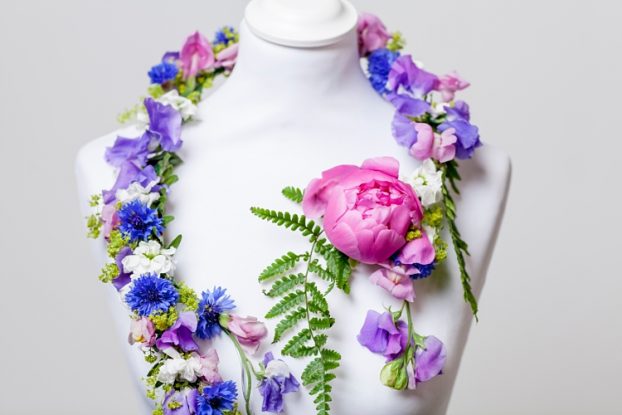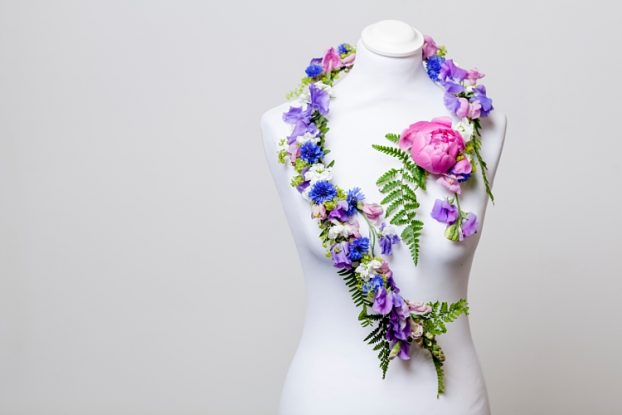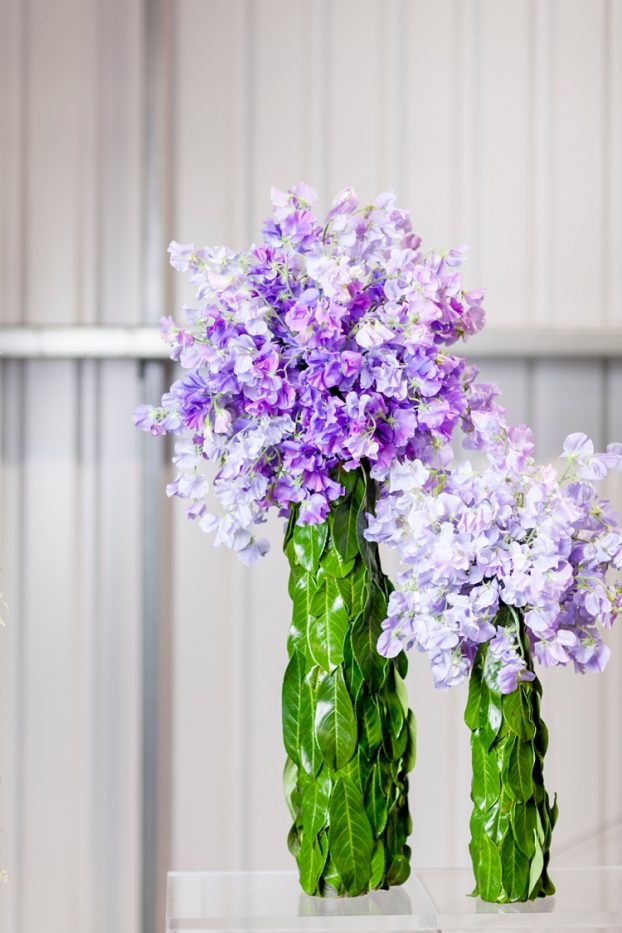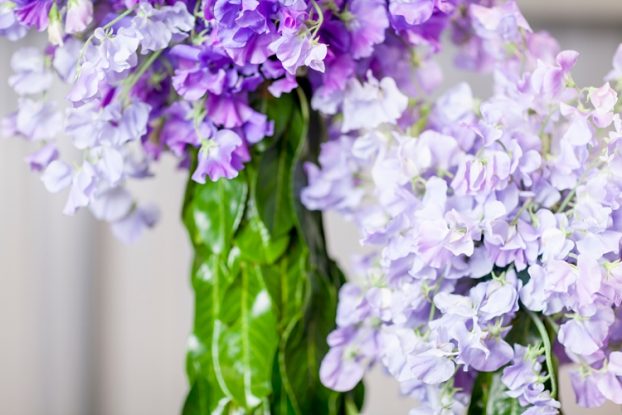Podcast: Play in new window | Download
Subscribe: Apple Podcasts | Podcast Index | RSS | More
Earlier this week, I returned home from five glorious days spent in Homer, Alaska, which has become one of my favorite places in the world. It was my fourth trip to Alaska in five years and my third to Homer, where peony farmers and Slow Flowers members Beth Van Sandt and Kurt Weichhand of Scenic Place Peonies offered me the most generous hospitality and friendship.
If you haven’t met this flower farm, here are two podcast episodes from our archives worth listening to:
Episode 282: News from the Alaska Peony Growers Association, including a conversation with Beth Van Sandt
Episode 154: Debra and Christina’s Alaska Peony Adventure, including Christina Stembel and Beth Van Sandt
I was surrounded by flowers — not just peonies, which of course, steal the show, but all sorts of naturally and cultivated beauty in their high tunnels and the gardens around their home, as well as along the fields’ edges.
That beauty also lured today’s guest to Scenic Place Peonies and I couldn’t pass up a chance to record this interview with Kelly Shore, owner of Petals by the Shore, based in Olney, Maryland.
As the featured floral designer for last weekend’s Field to Vase Dinner, produced by the Certified American Grown program, to which Scenic Place Peonies belongs, Kelly Shore brought passion, sensitivity, respect and love to everything she touched. The tablescapes incorporated both peonies and other foraged and cultivated botanicals — all from Scenic Place Peonies. And beyond that, Kelly shared Beth’s vision that the table designs reflect a sense of place, of Homer itself, of the fishing culture there, and of the rugged beauty of the state of Alaska.
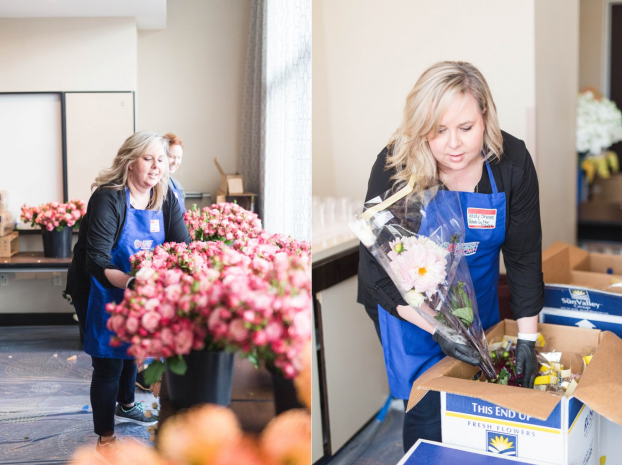
Kelly Shore, on site in Washington, D.C., this past May, as part of the lead team of designers who created the First Lady’s Luncheon florals.
Here’s a little more about Kelly. Much of this introduction is excerpted from the January 2017 article I wrote for Florists’ Review magazine, which accompanied an extensive gallery of photography, called “Four Seasons of Floral Design.”
Kelly Shore began shopping at the local farmers’ market in her community several years ago. She was enchanted by the unique, fresh, just-picked flowers on offer and struck up friendships with the vendors, becoming a regular customer at the Olney Farmers & Artists Market, located in Olney, Maryland.
Having begun her career at the University of Illinois Urbana-Champaign campus flower shop in 2000, Kelly later worked in retail and freelanced as a wedding and event floral designer, while her boyfriend (now husband, Joe Shore) was deployed in Iraq.
Kelly and Joe moved to the Washington, DC area in 2010, where she expected to put her Education M.A. to work as a teacher. But classroom positions were hard to find, so she returned to floristry, not realizing it would become her lifelong profession.
Through friendships with other florists, she networked, studied and expanded her wedding and event floral design business, Petals by the Shore.
Petals by the Shore serves wedding clients in Maryland, Washington, D.C., Virginia and Pennsylvania, a densely-populated area where, Kelly says, “everybody seems to come back to when they get married.”
Kelly and I met briefly in 2014 when I spoke at the Chapel Designers’ New York Conference, but our friendship and mutual admiration has been cemented in 2017, thanks to the many ways our work has overlapped.
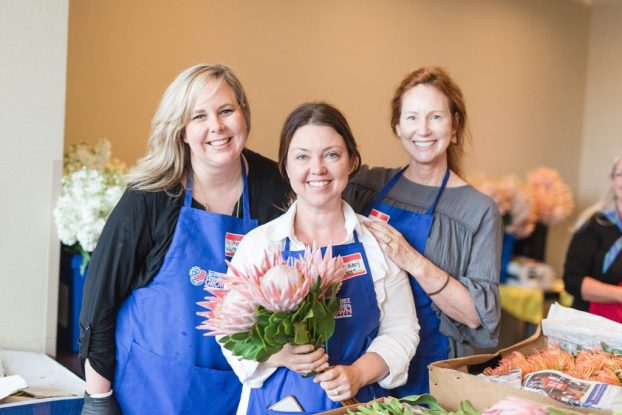
Kelly, Christy and Margaret formed the lead design team for the 2017 First Lady’s Luncheon. (c) Susie and Becky Photography
A few months after we collaborated on the Florists’ Review article, I was asked to recommend a floral designer to take the lead on the First Lady’s Luncheon, a time-honored, nonpartisan event that is presented by the Congressional Club. 2017 was to be the second time that Certified American Grown flowers were donated and designed for this luncheon and I immediately thought of Kelly as a candidate for the role. She joined the project and collaborated with Margaret Lloyd of Margaret Joan Florals, and Christy Hulsey of Colonial House of Flowers, two other Slow Flowers members who’ve designed for past Certified American Grown events.
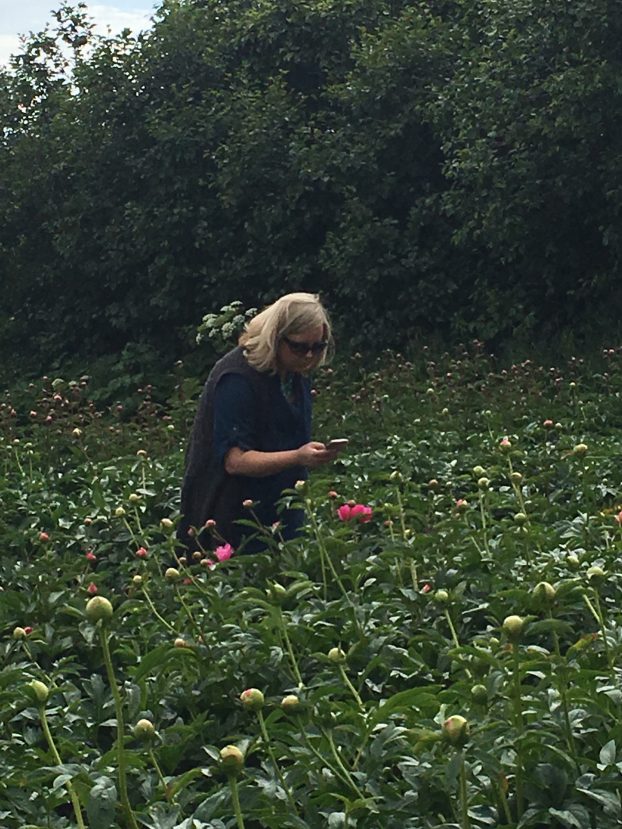
This is one of my fav pics of Kelly, snapped while she wasn’t looking — and while she was Instagramming a peony that caught her fancy at neighboring peony farm, Chilly Root
I have to say, I think Kelly felt like it couldn’t get any better than being part of the featured design team at the First Lady’s Luncheon . . . and then she was invited to take on the peony-themed decor for the Field to Vase Dinner in Homer last weekend.
What a year she’s had and I think you’ll be inspired by her story, her commitment to working with flower farmers whenever she can, and her vision for changing how wedding and event flowers are sourced and used.
Thanks again for joining me today and sharing in Kelly’s enthusiasm about American grown flowers — from Maryland to Alaska and everywhere between.
Here’s how to find and connect with Kelly Shore:
Petals by the Shore on Facebook
Petals by the Shore on Instagram
Petals by the Shore on Twitter
Petals by the Shore on Pinterest
Here’s how to find and connect with Scenic Place Peonies
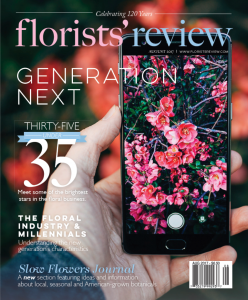 I invite you to share your story, too — I’d love to hear it! You can find more stories about floral designers and farmer-florists in the inaugural issue of the Slow Flowers Journal — print edition — out now in the August issue of Florists’ Review.
I invite you to share your story, too — I’d love to hear it! You can find more stories about floral designers and farmer-florists in the inaugural issue of the Slow Flowers Journal — print edition — out now in the August issue of Florists’ Review.
Look for the August issue at Floral Supply Syndicate and your local wholesale florist, or take advantage of the special subscription offer that Florists’ Review has shared — 12 issues for $21 (which is 62% off the cover price) and I promise you that you’ll find inside each Slow Flowers Journal, our mini-magazine, the stories, news and resources important to you.
The Slow Flowers Podcast has been downloaded more than 217,000 times by listeners like you. Thank you to each one of you for downloading, listening, commenting and sharing. It means so much.
If you value the content you receive each week, I invite you to show your thanks and support the Slow Flowers Podcast with a donation — the button can be found on our home page in the right column. Your contributions will help make it possible to transcribe future episodes of the Podcast.
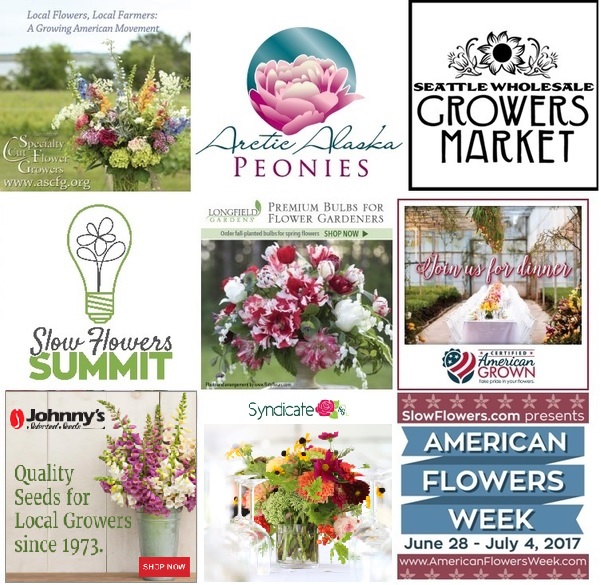 Thank you to family of sponsors for 2017:
Thank you to family of sponsors for 2017:
Certified American Grown Flowers. The Certified American-Grown program and label provide a guarantee for designers and consumers on the source of their flowers. Take pride in your flowers and buy with confidence, ask for Certified American Grown Flowers. To learn more visit americangrownflowers.org.
Arctic Alaska Peonies, a cooperative of 50 family farms in the heart of Alaska providing high quality, American Grown peony flowers during the months of July and August. Visit them today at arcticalaskapeonies.com
Seattle Wholesale Growers Market, a farmer-owned cooperative committed to providing the very best the Pacific Northwest has to offer in cut flowers, foliage and plants. The Growers Market’s mission is to foster a vibrant marketplace that sustains local flower farms and provides top-quality products and service to the local floral industry. Find them at seattlewholesalegrowersmarket.com
Longfield Gardens provides home gardeners with high quality flower bulbs and perennials. Their online store offers plants for every region and every season, from tulips and daffodils to dahlias, caladiums and amaryllis. Visit them at lfgardens.com.
Syndicate Sales, an American manufacturer of vases and accessories for the professional florist. Look for the American Flag Icon to find Syndicate’s USA-made products and join the Syndicate Stars loyalty program at syndicatesales.com.
Johnny’s Selected Seeds, an employee-owned company that provides our industry the best flower, herb and vegetable seeds — supplied to farms large and small and even backyard cutting gardens like mine. Check them out at johnnysseeds.com.
Association of Specialty Cut Flower Growers. Formed in 1988, ASCFG was created to educate, unite, and support commercial cut flower growers. It mission is to help growers produce high-quality floral material, and to foster and promote the local availability of that product. Learn more at ascfg.org
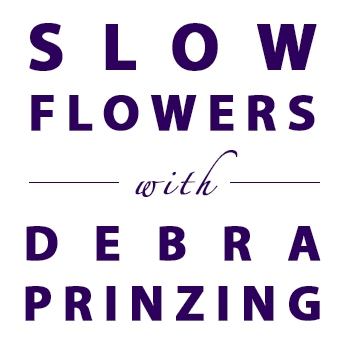 I’m Debra Prinzing, host and producer of the Slow Flowers Podcast. Next week, you’re invited to join me in putting more American grown flowers on the table, one vase at a time. And If you like what you hear, please consider logging onto Itunes and posting a listener review.
I’m Debra Prinzing, host and producer of the Slow Flowers Podcast. Next week, you’re invited to join me in putting more American grown flowers on the table, one vase at a time. And If you like what you hear, please consider logging onto Itunes and posting a listener review.
The content and opinions expressed here are either mine alone or those of my guests alone, independent of any podcast sponsor or other person, company or organization.
The Slow Flowers Podcast is engineered and edited by Andrew Brenlan. Learn more about his work at KineticTreeFitness.com.









